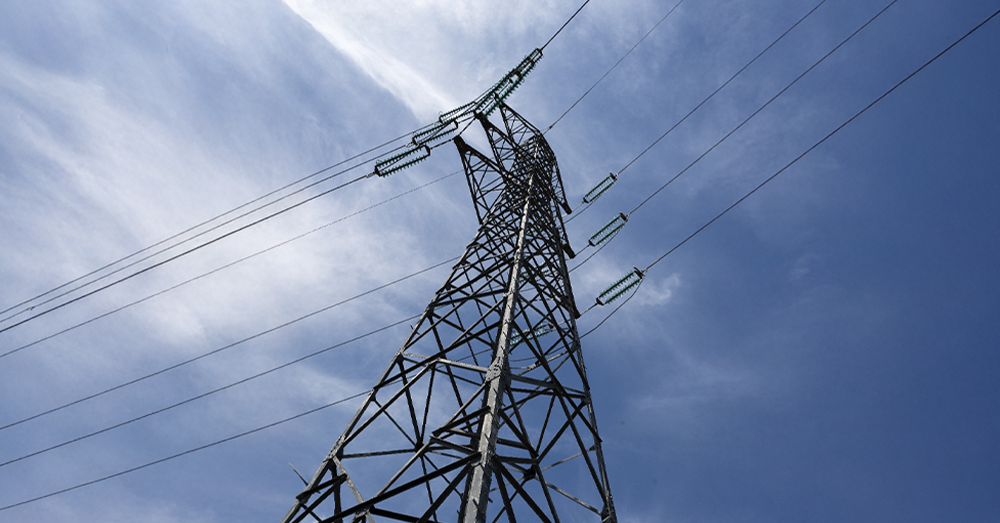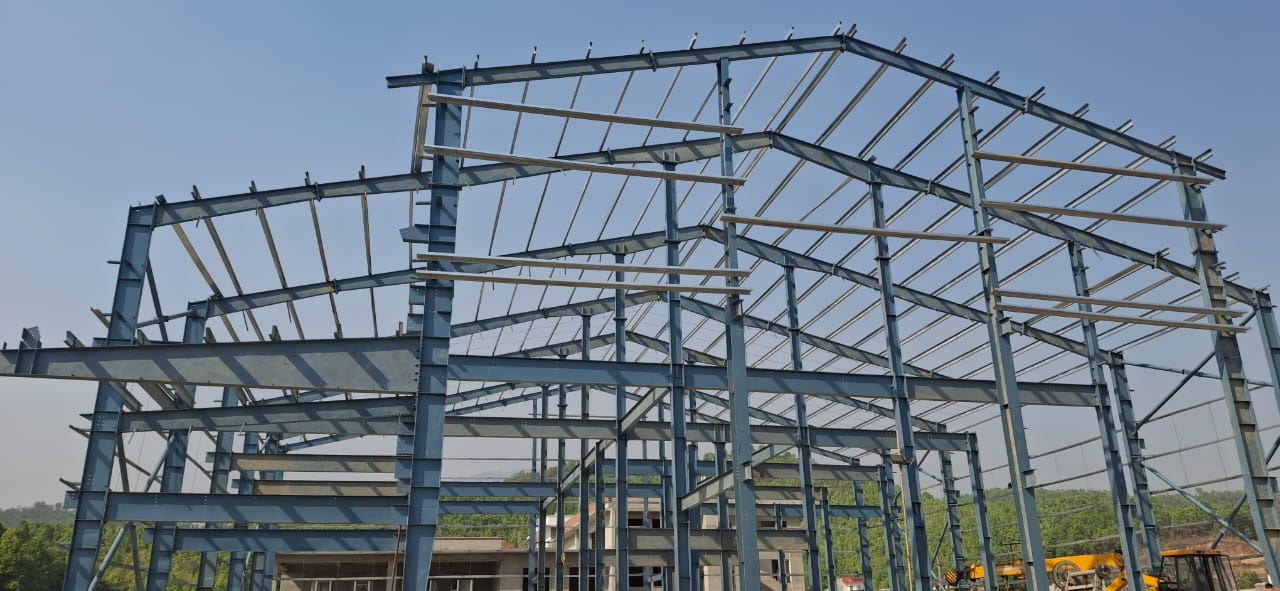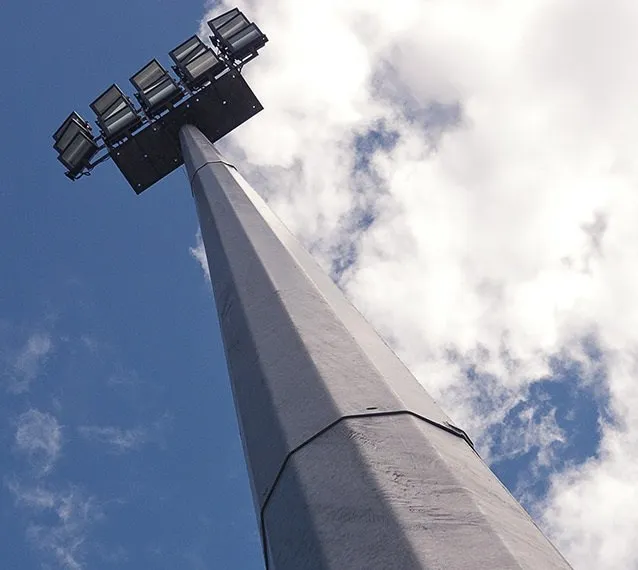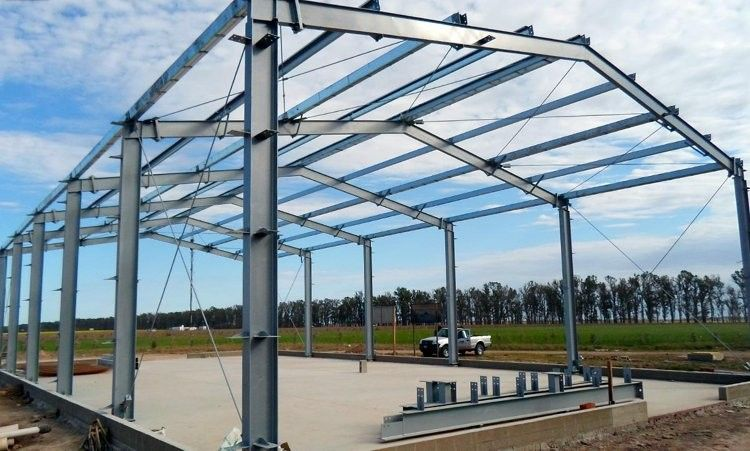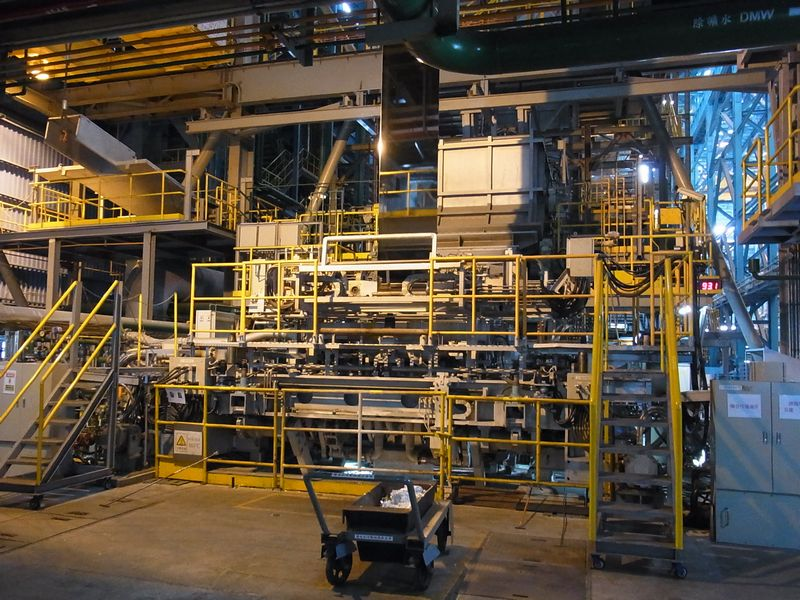Nepal, so gifted with rich heritage and nature beauty, is equally an aspiring nation. However, it has hitherto remained stymied by its hills geography, incessant power crises, and ills of urbanization. Yet, now being transformed speedily from largely agriculture-based towards industry and becoming a more urban nation, ever-reliable infrastructure was never in as much need before. The creative solutions thereof may be developed and achieved alone according to Nepal's specific geographic challenges and its own socioeconomic atmosphere.
Hulas Engineering: Leadership in Modernising Nepal's Infrastructure
Hulas Engineering is now a central driving force of Nepal's modern infrastructure development. Capitalizing on a deep knowledge of the country's complex terrain and native challenges, Hulas offers creative, higher quality solutions that propel national development. From a strong transmission tower to a multi-purpose telescopic pole, each product is engineered to meet the demands of Nepal's development while offering durability, efficiency, and versatility for local applications.
Taming Nepal's Power Challenges with Hulas Transmission Towers
The power situation in Nepal has always been marred by regular power outages due to underdevelopment of power lines and failure to develop secure power lines through hill regions. Hulas Engineering meets this challenge with:
- Weather-proof transmission towers that withstand harsh weather conditions.
- Modular fabrication for simplified transportation and erection at inaccessible locations.
- Backbone support of hydropower projects, effectively transmitting electricity.
At the same time, Hulas' telescopic poles respond to connectivity shortfalls through the offer of:
- Strong and lightweight light steel construction.
- Adjustable height and modular design for flexibility purposes.
- Flexibility in use across telecoms networks, street lights, and CCTV systems.
Telescopic Poles: Hulas' Game-Changer for Nepal's Connectivity
As Nepali cities grow and rural towns get jealous, the question is where to put flexible, space-saving, and robust solutions in diverse landscapes. The old-fashioned poles are cumbersome, especially in remote or congested areas with hard-to-reach locations for maintenance and repair. Hulas Engineering directly answered the challenge with its innovative telescopic poles.
Constructed from lightweight yet durable steel, Hulas' telescopic poles are easy to transport and deploy even in Nepal's most challenging landscapes. Their height adjustability and modularity make them a practical choice for varied uses, ranging from telecommunication networks and streetlights to security systems. By offering infrastructure adaptable to Nepal's growing urban and rural needs, such poles are filling connectivity, security, and development gaps in Nepal.
Conquering Transport and Industrial Issues through Steel Solutions
Nepal's transport and road network has long been struggling with anything ranging from lengthy construction periods to vulnerability to natural disasters like earthquakes and floods. Hulas Engineering changed all that by introducing steel structures that are faster to build and longer-lasting. With Nepal's industrial development gathering pace, there is a greater need for factories, warehouses, and production units, which Hulas fulfills with its pre-engineered steel buildings. These buildings are not only easy to build but also adaptable to use in many different industrial applications, which enables companies to begin operations earlier and promotes the development of industrial centers throughout the country.
With modernization in Nepal, there is greater need for factories, warehouses, and production units. However, the time and cost of traditional building methods can act as a dampener. Hulas offers pre-fabricated steel structures that are quick to put up, thus enabling businesses to start earlier. Not only are these structures long-lasting, but also easily modified, a match made in heaven for Nepal's new industrial hubs.
Commitment towards Sustainability and Quality Excellence
Hulas Engineering's own focus on sustainability further contributes to its contribution towards the development of Nepal. With the focus on recycling steel and energy-efficient manufacturing, the company makes a long distance in lowering its carbon footprint and maintaining global standards of sustainability. Their green vision ensures that infrastructure development in Nepal is not only strong but responsible as well. Hulas follows global standards of quality, attaining ISO certifications and awards for surpassing global standards. With this commitment to green engineering and zero-compromise quality, Hulas is Nepal's best infrastructure company.
Hulas Engineering prides itself on adhering to international standards of quality, as attested by their ISO certifications and strict quality management systems. Through the process of associating with international projects and adhering to international standards, Hulas ensures not only that its products are up to local standards but that they can compete on the international platform as well. Adherence to the quality principles has made Hulas a benchmark for Nepal's infrastructure sector.
FAQs
- What is Hulas Engineering specialized in?
Hulas Engineering provides transmission towers, telescopic poles, steel bridges, pre-engineered buildings, and telecom infrastructure products.
- In what way do Hulas transmission towers help Nepal's energy sector?
They offer sturdy, rust-resistant towers appropriate for Nepal's mountainous landscape, which facilitates effective power transmission.
- Are the products of Hulas environmentally friendly?
Yes, Hulas is sustainable through recycling steel and power-saving manufacturing.
- Does Hulas encourage disaster-resilient infrastructure?
Yes. Hulas builds earthquake-resilient buildings and was instrumental in post-2015 earthquake reconstruction.
- Is Hulas included in Nepal's smart city plans?
Yes, they are developing modular, IoT-capable solutions for smart grids, lighting, and city planning.

